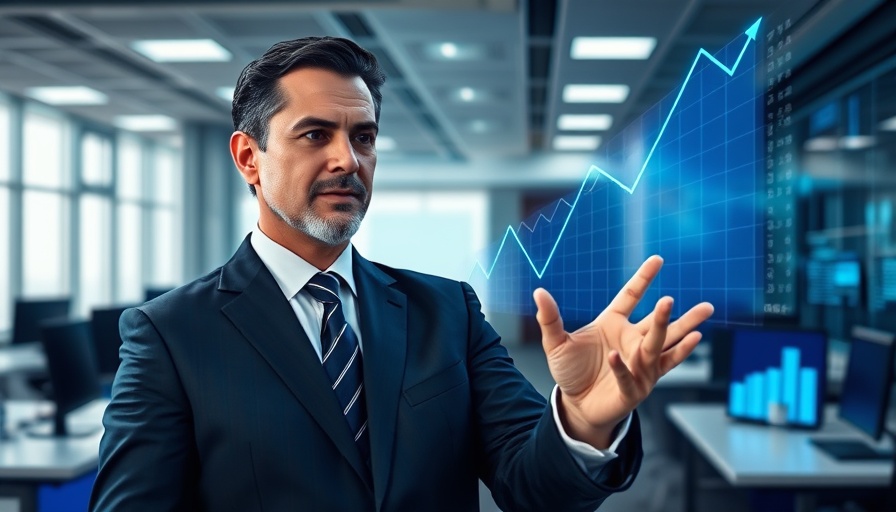
Understanding Stratified Bootstrapping
Stratified bootstrapping is a valuable statistical technique designed to enhance the reliability of resampling methods, especially in datasets containing categorical variables. Traditional case resampling involves creating bootstrap samples by sampling with replacement from a dataset, which works well for continuous data. However, in scenarios where the data includes distinct subgroups, or strata, stratified sampling becomes crucial.
When to Use Stratified Sampling?
This approach is particularly ideal in cases where researchers suspect that the variable of interest varies significantly across different strata. For instance, let's consider a health study focused on a specific outcome potentially influenced by race. With only a small percentage of the population identifying as Native American, a regular random sampling may yield bootstrap samples lacking representation from this group. By using stratified sampling, researchers can ensure each subgroup's proportional representation enhances the validity of their conclusions.
The Importance of Design-Based Sampling Methods
One key reason to opt for stratified sampling during bootstrapping is related to the “small subpopulation problem.” In datasets with fewer instances of certain subpopulations, traditional resampling could lead to some bootstrap samples entirely missing these important groups. This can bias the results of statistical tests conducted thereafter. Utilizing a design-based sampling method ensures that bootstrap samples align closely with the way data was originally generated, thereby preserving the underlying structure of the data. This is essential for obtaining accurate statistical estimates.
Practical Application in Statistical Analysis
Let's examine a practical application of stratified bootstrapping within a simple linear ANOVA model, focusing on a response variable (Y) influenced by a categorical variable (Group). Imagine having three groups comprised of different numbers of observations: Group A with 8, Group B with 4, and Group C with 8. By comparing standard bootstrap analysis with a stratified bootstrap approach, we can understand how these methods yield varying confidence intervals for regression coefficients.
Using SAS for Stratified Bootstrapping
For those familiar with SAS, performing stratified bootstrapping can seem challenging at first. However, by using PROC SURVEYSELECT within SAS, researchers can easily implement stratified sampling techniques. The capability to independently select samples from each stratum not only simplifies the process but also enhances the precision of estimates derived from the bootstrap samples. This methodical approach emphasizes the importance of understanding your data’s design when conducting statistical analyses.
Future Predictions in Statistical Practices
As the use of advanced technologies, including AI, becomes increasingly prevalent within the statistical realm, methodologies like stratified bootstrapping will likely see enhancements. AI algorithms may optimize sampling methods, allowing for even more nuanced analyses and more accurate predictive modeling. This evolution suggests a growing need for practitioners to familiarize themselves with both traditional and innovative statistical techniques.
Conclusion: The Value of Stratified Bootstrapping
In conclusion, understanding when and how to implement stratified bootstrapping is integral for any researcher looking to derive valid conclusions from their studies. As data diversity continues to increase, embracing design-based methodologies not only fortifies analyses but prepares researchers to tackle new challenges posed by complex datasets.
To navigate the evolving field of statistical analysis and ensure your research methods are robust, consider exploring contemporary AI learning paths. By investing in your understanding of these methodologies, you can enhance your analytic skills and gain deeper insights into the complex world of data.
 Add Row
Add Row  Add
Add 




Write A Comment